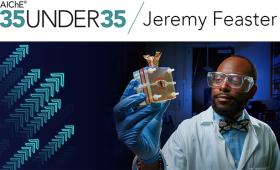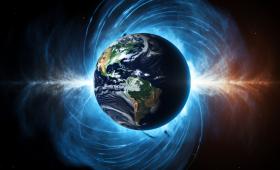Science and Technology
in the News
Science and Technology
in the News
News Center
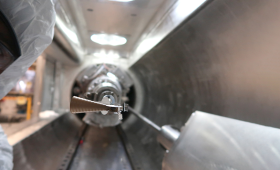
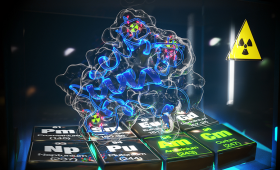

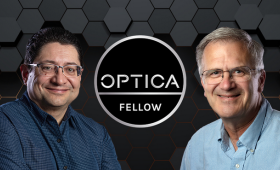
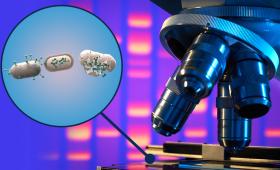
New research from Lawrence Livermore National Laboratory scientists and their collaborators at the University of California, Berkeley illuminates a fascinating phenomenon: the demise of soil bacteria and other unicellular microbes at
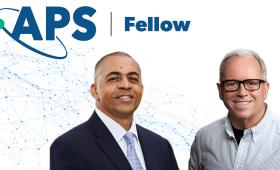
Livermore scientists Manyalibo “Ibo” Matthews and Frank Graziani have been named 2023 American Physical Society (APS) fellows.
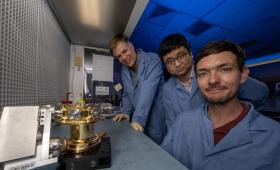
An instrument designed and built by Lawrence Livermore National Laboratory researchers departed Earth last week on a two-billion-mile, nearly six-year journey through space to explore a rare, largely metal asteroid.
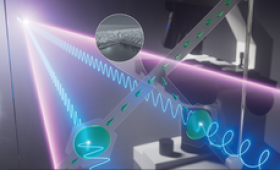
Livermore researchers have adapted their novel metasurface process, which creates a thin layer on the surface of an optic, to create an all-glass metasurface with birefringence, or dual refraction, properties.


